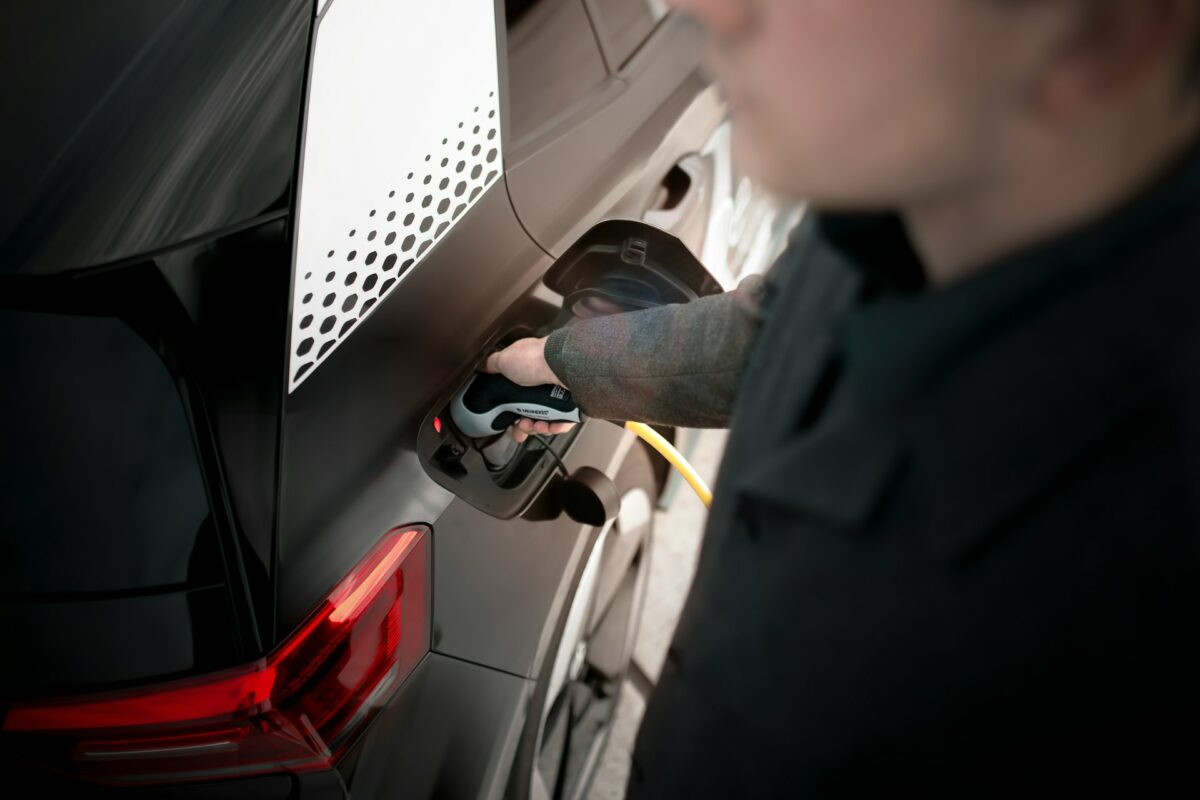As organizations grow, they inevitably become more complex and less focused, and they stop growing. This is the paradox of growth. Assemble a thousand human minds in the same building, tell them to simplify something, and they will work hard to make it harder. So leaders must be guardians of speed and agility.
Speed is a driving factor for brand advantage. Speed to decide. Speed to deliver. Speed to market. Speed to restock inventory. Speed to solve customer problems. Speed to get to the root cause. Speed to adapt. Speed to acquire and integrate. Speed to see crises coming. Speed to prepare. Speed to act. Speed to grow.
Speed wins in most markets today, and scale insurgents know it. Despite their size, the great scale insurgents are among the fastest-moving companies in the world. Research in the organizational practice at Bain & Company shows a tight relationship between company performance, speed of decision, and perceived quality of decisions. Leaders of scale insurgents are acutely aware, we have found, of how their companies can slow down as they grow large. They fight this at every turn by rooting out some or all of the hidden killers of speed:
Hidden Killers Of Speed In Organizations
1. Excess complexity
2. Energy vampires
3. Debates in committees where no person “has the D” (the right to decide)
4. Excessive organizational layers and span breakers
5. Ambiguity around core principles and objectives and a lack of common instincts for how to react to competitors
6. Trapped resources in departments (hence, the power of zero basing)
7. Balkanized customer experiences with no single owner
8. Lack of Monday meetings to de-bottleneck decisions and actions, leaving conflict unresolved
9. Failure to embrace the power of repeatable models so that each new growth opportunity demands new and different capabilities
10. Large corporate staffs endlessly initiating new activities to better inform themselves
The bottom line: leaders should make speed a competitive advantage in everything they do. Every leader should work to reduce the speed killers, promote measures of speed, and encourage new ideas that increase it. In his twenty years as CEO of General Electric, Jack Welch grew the company from $26.8 billion of revenues to almost $130 billion. But he was most known for improving its performance and speed. “When the rate of change inside an institution becomes slower than the rate of change outside,” he famously said, “the end is in sight.”
But speed isn’t enough. Leaders need to be the guardians of agility, too. Yonghui, the leading Chinese fresh-food grocer, improves its agility by building insurgent “green store” businesses alongside its incumbent “red store” businesses, figuring that if a new insurgent is going to disrupt its industries, it should at least be its insurgent. The leaders of Mey, the leading spirits player in Turkey, maintain their agility through Monday meetings, which they use to unblock obstacles to innovation and force the sharing of resources—and accountability—across functions and sales territories. AB InBev, for its part, promotes agility by embedding the owner’s mindset everywhere in the business.
Contributed to Branding Strategy Insider by: Chris Zook with the permission of Harvard Business Review Press. Excerpted and adapted from The Founder’s Mentality: How to Overcome the Predictable Crises of Growth.
The Blake Project Can Help You Grow: The Brand Growth Strategy Workshop
Branding Strategy Insider is a service of The Blake Project: A strategic brand consultancy specializing in Brand Research, Brand Strategy, Brand Growth and Brand Education




